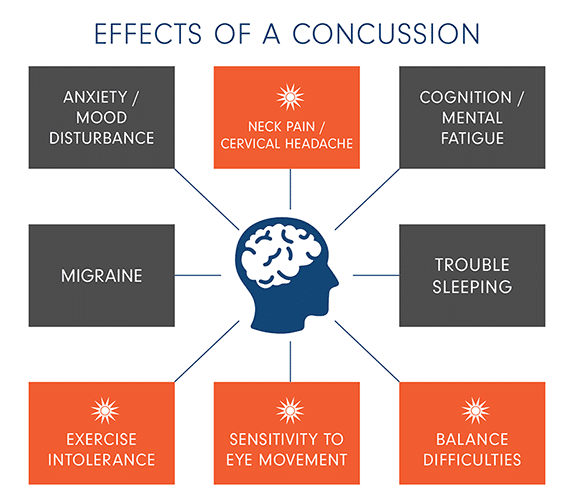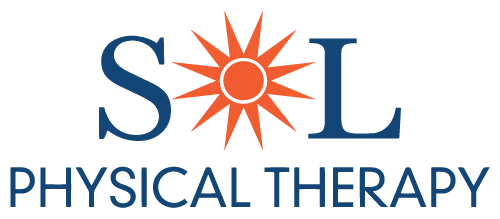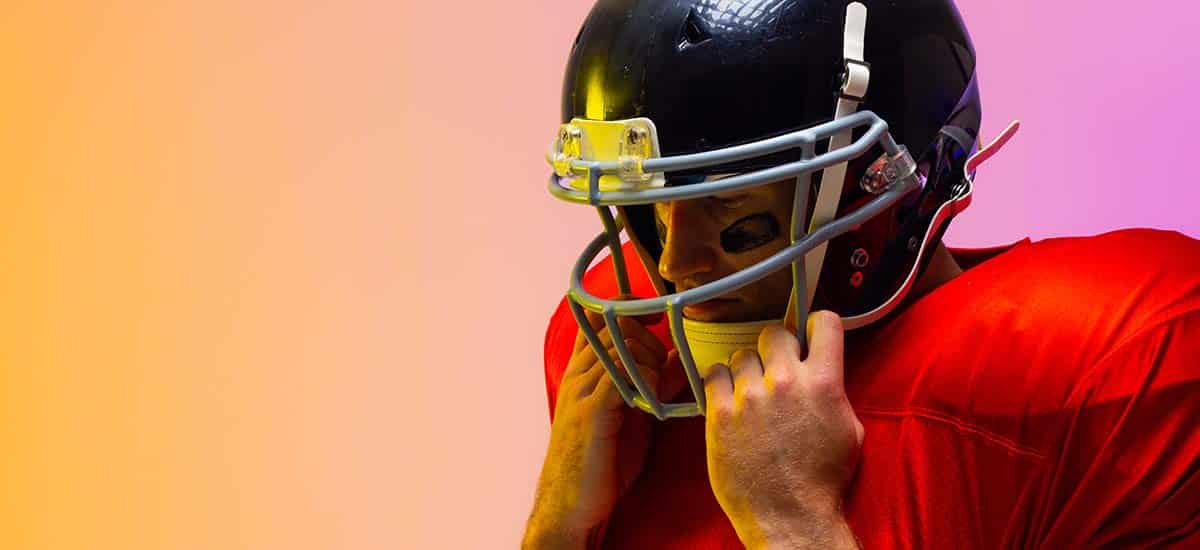How Physical Therapy Can Help in Concussion Assessment, Treatment & Clearance for Return to Sport
The National Football League (NFL) has been in hot water recently in the wake of the suspected mismanagement of Tua Tagovailoa’s head injuries. It would seem that Tua, the star quarterback for the Miami Dolphins, suffered a concussion in two consecutive games. The first injury occurred when he fell backwards, hit his head on the ground and got up stumbling. After this display of instability, during the sideline assessment, Tua associated the clumsiness with a lingering back injury which the medical team accepted and cleared him of concussion. This enabled him to return to the game. Impact to the head in the second game suggested a much more serious neurological injury as he became unconscious and stiff after getting thrown to the ground and hitting the back of his head again.
Public outcry lobbied for reforms within the NFL’s concussion management protocol as its processes had allegedly failed. In a follow-up investigation, the independent neurologist who was responsible for Tua’s concussion assessment and clearance for return to play was accused of not performing the appropriate testing.
Changes from the league came quickly in the form of in-game procedure adjustments. The NFL employs “concussion spotters” at various vantage points around the stadiums of each game. These spotters are Certified Athletic Trainers (ATC) who have substantial experience recognizing signs of sports injuries, including concussion, and indicate to sideline medical staff when a player should be assessed for injury. Under the updated policy, athletic trainer spotters, or those athletic trainers/medical staff working on the sideline, are given the power to remove a player from the entire game if impaired balance or impaired coordination (ataxia) is observed soon after a hit to the head. This is true regardless of whether or not the player clears all other concussion testing during the sideline assessment.
This procedure adjustment has been met with mixed emotions. Some are satisfied and feel that head injuries are nothing to mess around with, given the potential long-term ramifications of these injuries. Others are not pleased, as there are concerns that this will affect the outcome of many games in a sport which involves frequent hits to the head.
ASSESSMENT AND TREATMENT OF CONCUSSIONS
Concussions are difficult to diagnose and treat because everyone reacts to head trauma differently. Some will feel nothing initially and then have significant symptoms later. Others will have significant symptoms from the onset that subside very quickly. Many fall somewhere in the middle. It takes a skilled professional to accurately identify a concussion, treat the signs and symptoms, and determine whether or not an individual is safe to return to play.
Physical therapists and athletic trainers are important and often underutilized practitioners who can assist in the assessment and treatment of concussions. As seen in the figure below, concussion affects many different body systems and symptom experiences. Highlighted are those areas which physical therapists and athletic trainers can assist in treating.

NFL CONCUSSION PROTOCOL
Hopefully Tua will undergo a full recovery from his most recent injury. Medical Professionals have just cleared him to return to play as he has successfully completed the NFL’s five-step Return-To-Participation Protocol, which is:
- Symptom-limited activity
- Aerobic exercise
- Football-specific exercise
- Club-based non-contact training drills
- Full football activity / clearance
Each of these steps must be performed symptom-free and a team athletic trainer and/or other medical provider must provide clearance for progression to the next step.
These steps should not be exclusive to the NFL. This is a process backed by research and should be applied to all concussion management strategies regardless of sport, competition level, or age.
CLEARANCE FOR RETURN TO PLAY FOLLOWING A CONCUSSION
Sol Physical Therapy provides physical therapy and athletic training services to provide assessment, administer treatment and determine clearance for return to play after concussion. Direct access offers most insurance beneficiaries the ability to visit physical therapy first for these assessments and ensure individuals are safe to return to sports or high-level exercise after suffering a concussion.
If you or a family member have suffered a head injury and have started to experience any symptoms of headache, ringing in the ears (tinnitus), nausea / vomiting, fatigue or drowsiness, blurry vision or “seeing stars”, neck pain, dizziness / balance problems or sensitivity to light or sound, or have had a confirmed concussion—you may benefit from physical therapy services.
Give us a call or click the button below to set up an appointment with one of our outstanding concussion specialists!

Jacob Vogel
PT, DPT
Orthopedic Therapy & Certified Athletic Trainer
Sources
- NFL Return-To-Participation Protocol, NFL.com
- NFL and Players’ Union Agree to Change Concussion Rules, New York Times




